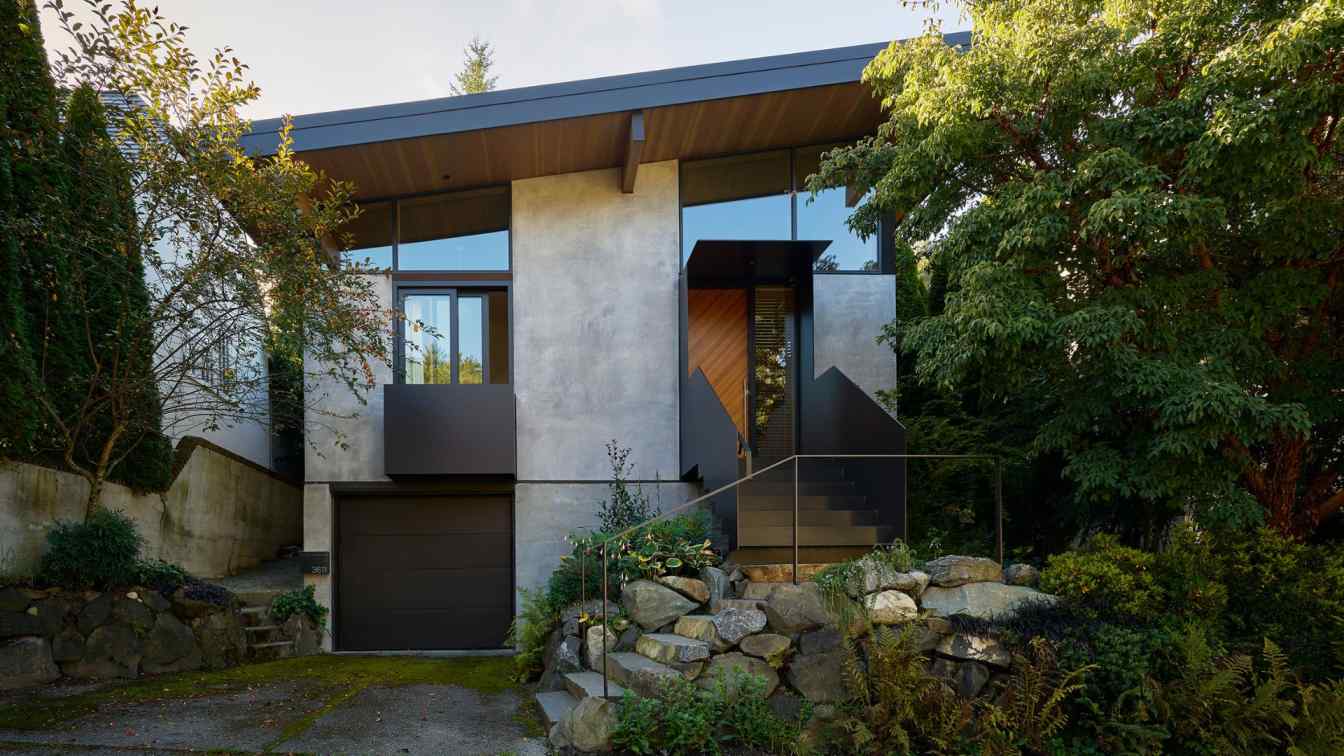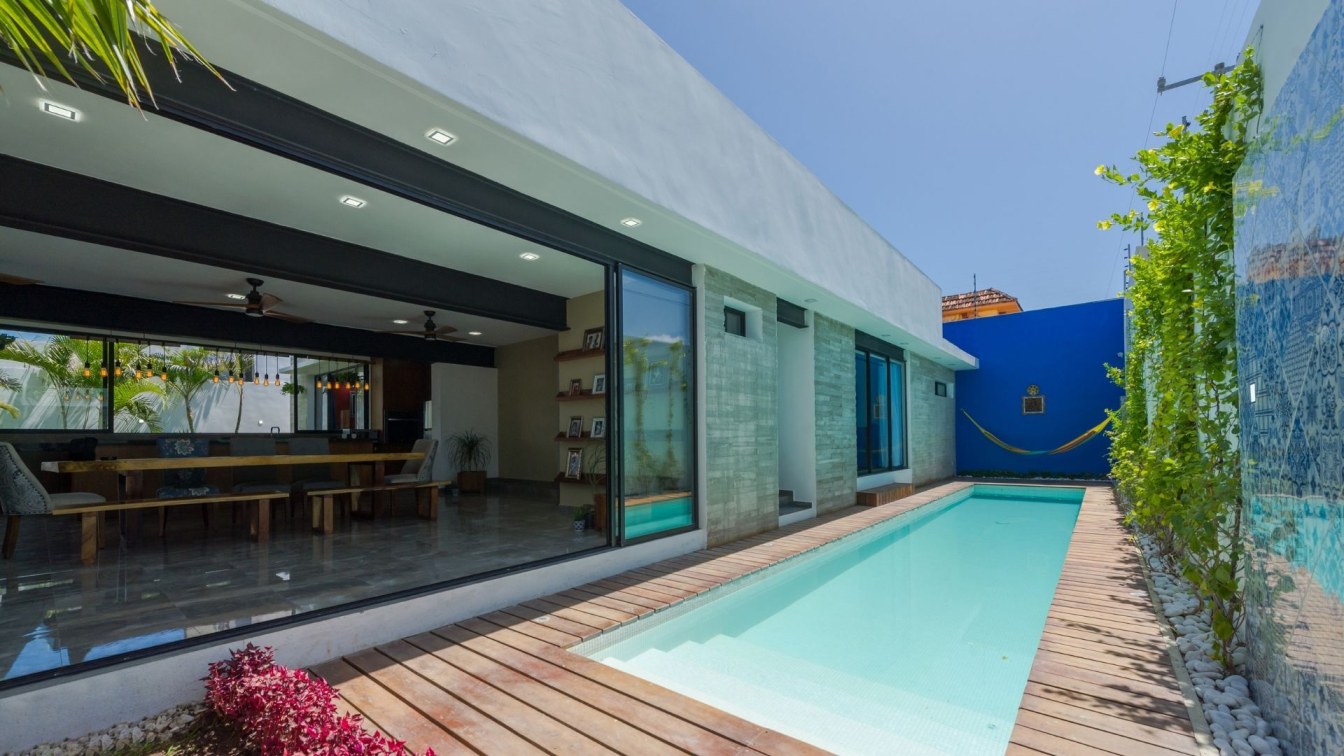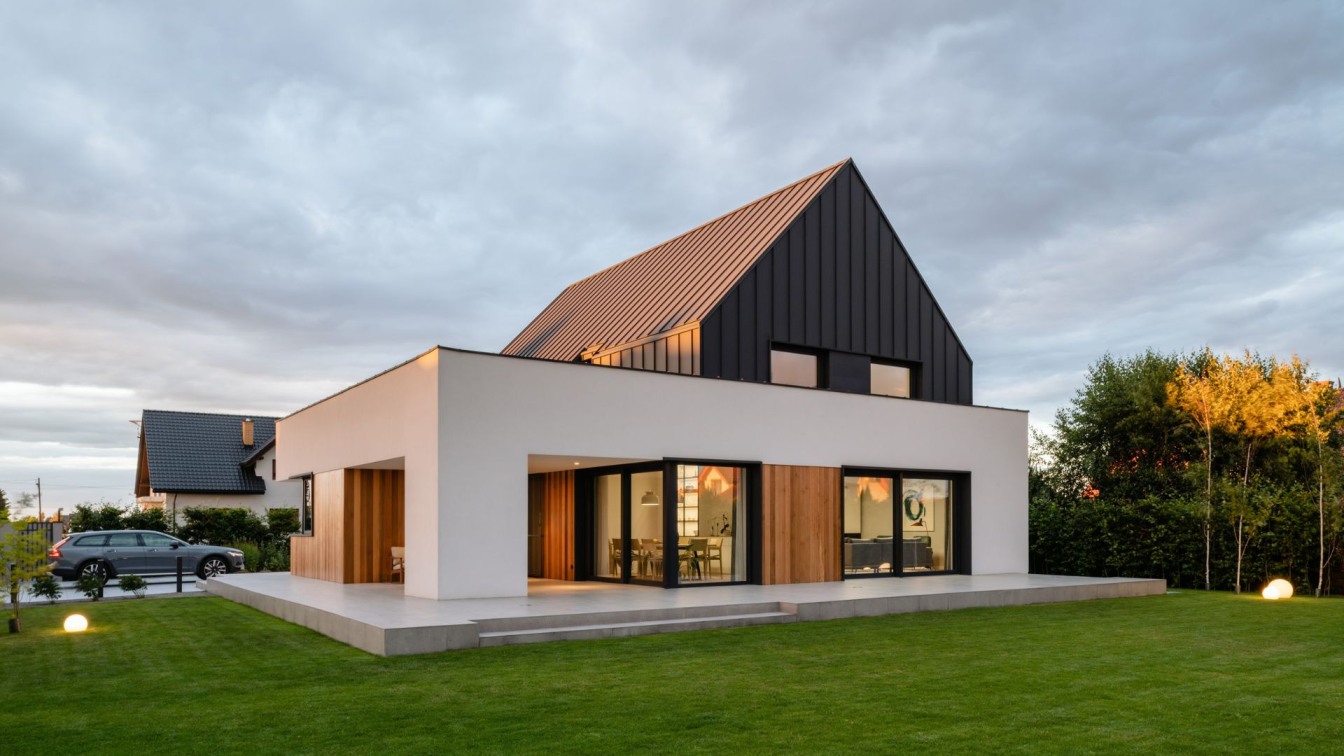Cox Architects : This project involved re-modelling 72 sqm of a detached Edwardian house in a leafy South London Conservation Area.
Who are the clients and what's interesting about them?
Katherine and James and their two kids are originally from New Zealand but have lived in London, UK for many years. Like many Kiwis abroad, to feel good where they live, they want space, light and a strong connection with the nature. During the pandemic they seized an opportunity to buy a larger house which ticked all of these boxes, but there was one problem.
The garden faced North. In conversation with the architects (who had re-modelled their previous property) they decided that the right design could help maximise sunlight, daylight and views out to the garden. Despite the purchase and early design stages taking place at the height of the Covid pandemic, Katherine and James were able to buy the house and commission the architects!
How is the project unique?
Budget dictated a facelift of the existing structure rather than a rebuild so the design is a sort stage-set behind which a lot of the original building still sits.
The X-Factor was...
Trust and understanding between client, architect and builder – all three having worked successfully together on a previous home remodel.

How long…and how much?
The main contractor completed the building work in 20 weeks. Excluding the kitchen and garden the building work was completed for a competitive £210/sq m + VAT.
Was the project affected by the pandemic?
The house purchase and the early design work all took place in 2021, at the heart of the Covid 19 pandemic. Nevertheless, with proper precautions (and the obligatory Zoom calls!) both were completed without any significant problems or delay.
Whilst the building work took place in the aftermath, the additional pressure of the Ukraine war meant that higher material costs and shortages of goods definitely hit the build - perhaps adding 20% to certain materials.
Technical Challenge 1:
The clients needed natural light. A lot of natural light. The best way to get this was with large skylights and these were heavy. Specialist lifting equipment was therefore required to haul each one over the top of the house before being carefully lowered into position.

Technical Challenge 2:
The house had previously been refurbished to a high specification and some key elements needed to be retained. These included underfloor heating, air conditioning and digital lighting systems.
The builders had to carefully work around these elements and integrate them with the new spaces.
Details for the Archi-nerds:
Recessed pointing (visible on the external brickwork) was a popular choice for UK architects of the 60s and 70s. It’s easy to do and can look more contemporary than other techniques. See it in the images of the project from the back garden!
The brick type was chosen to complement the original red brick details of the existing building. The brick columns are not structural but are supposed to give the impression of a solid support for the long beam above the sliding doors.
The multiple divisions of the sliding glass doors make them easier to operate and create a rhythm across the opening.
What are the sustainability features?
Keeping a lot of the original structure and upgrading the roof insulation helped to reduce the carbon footprint of this project.

































